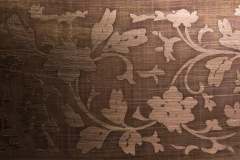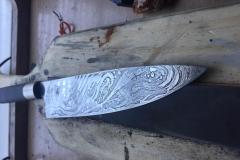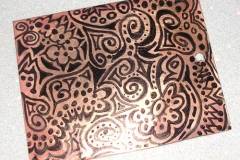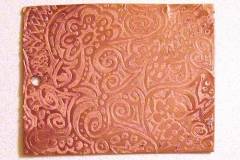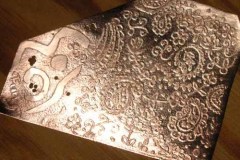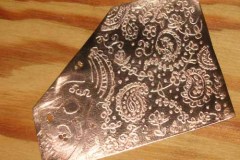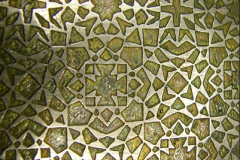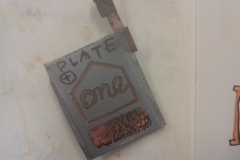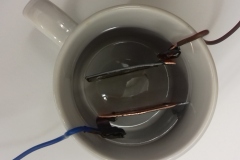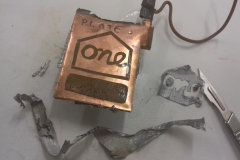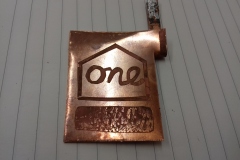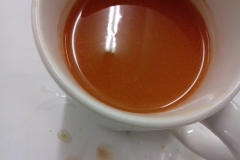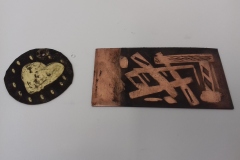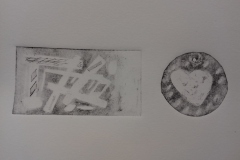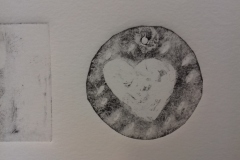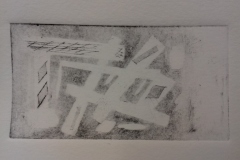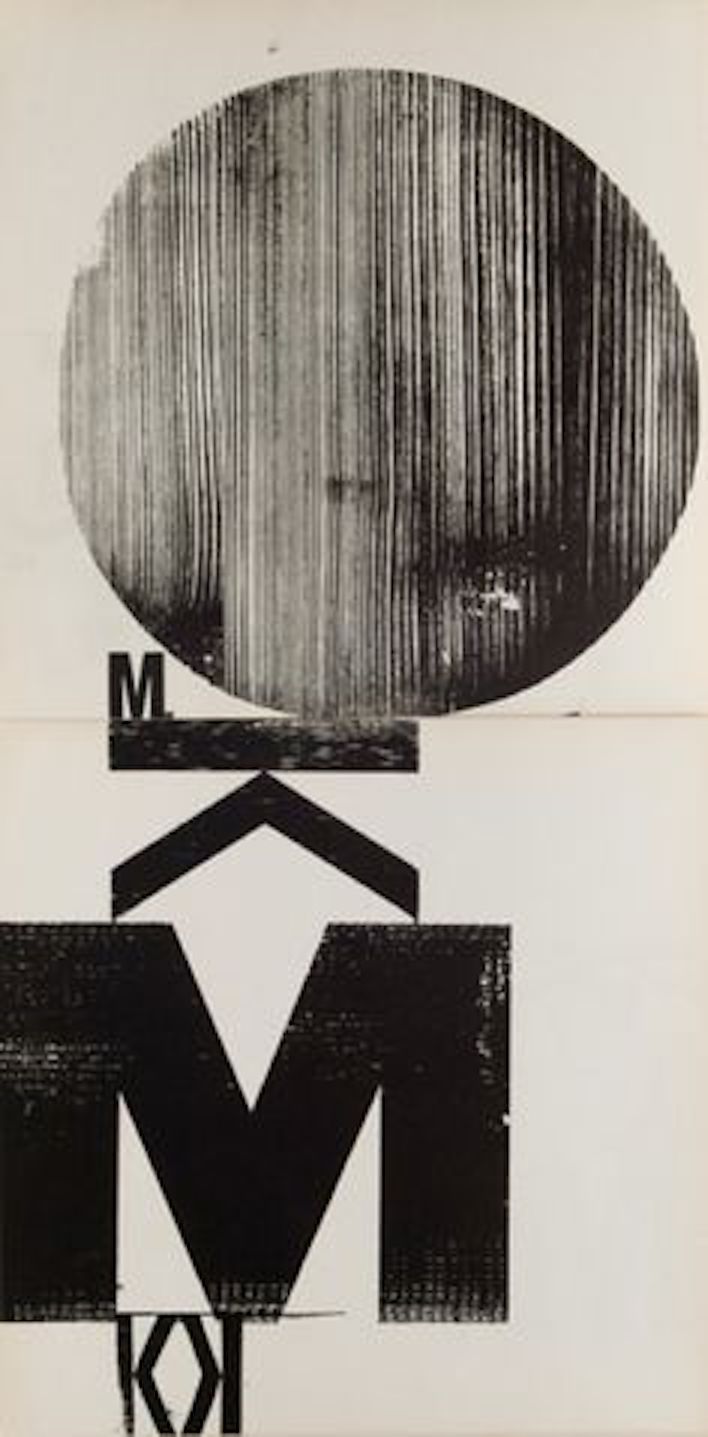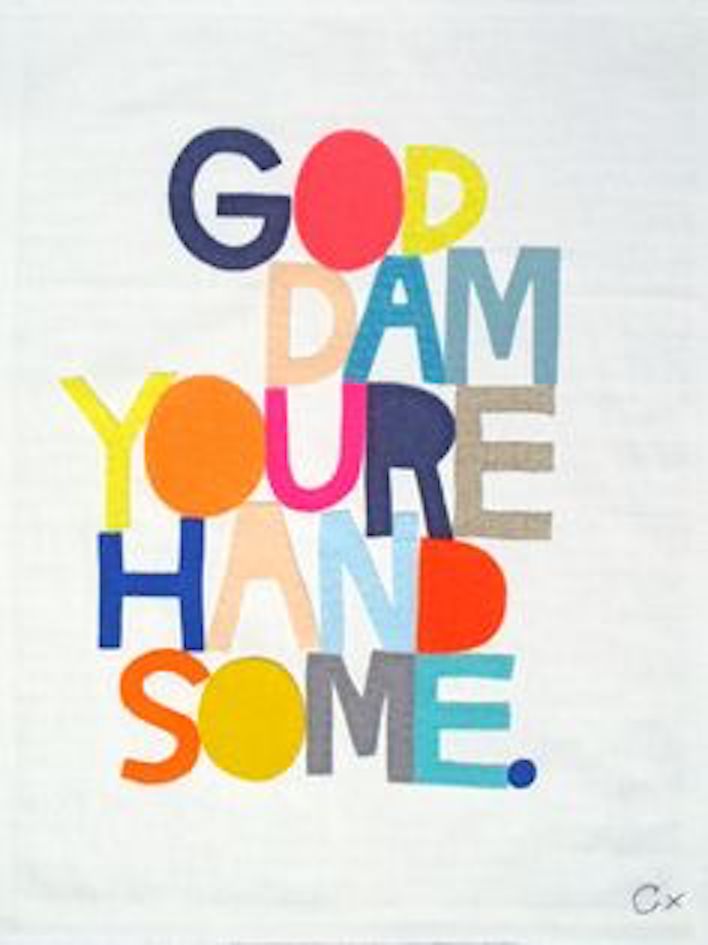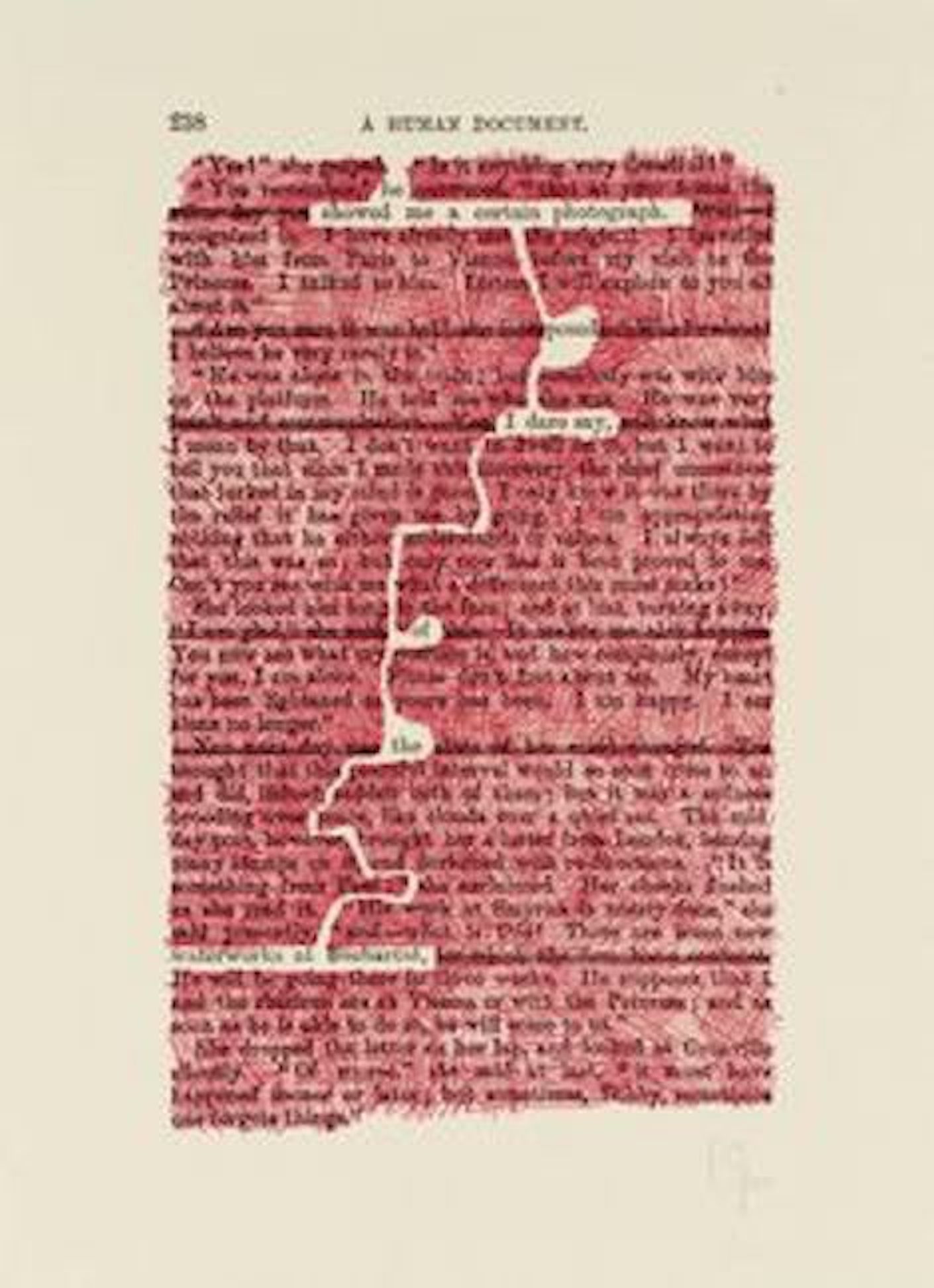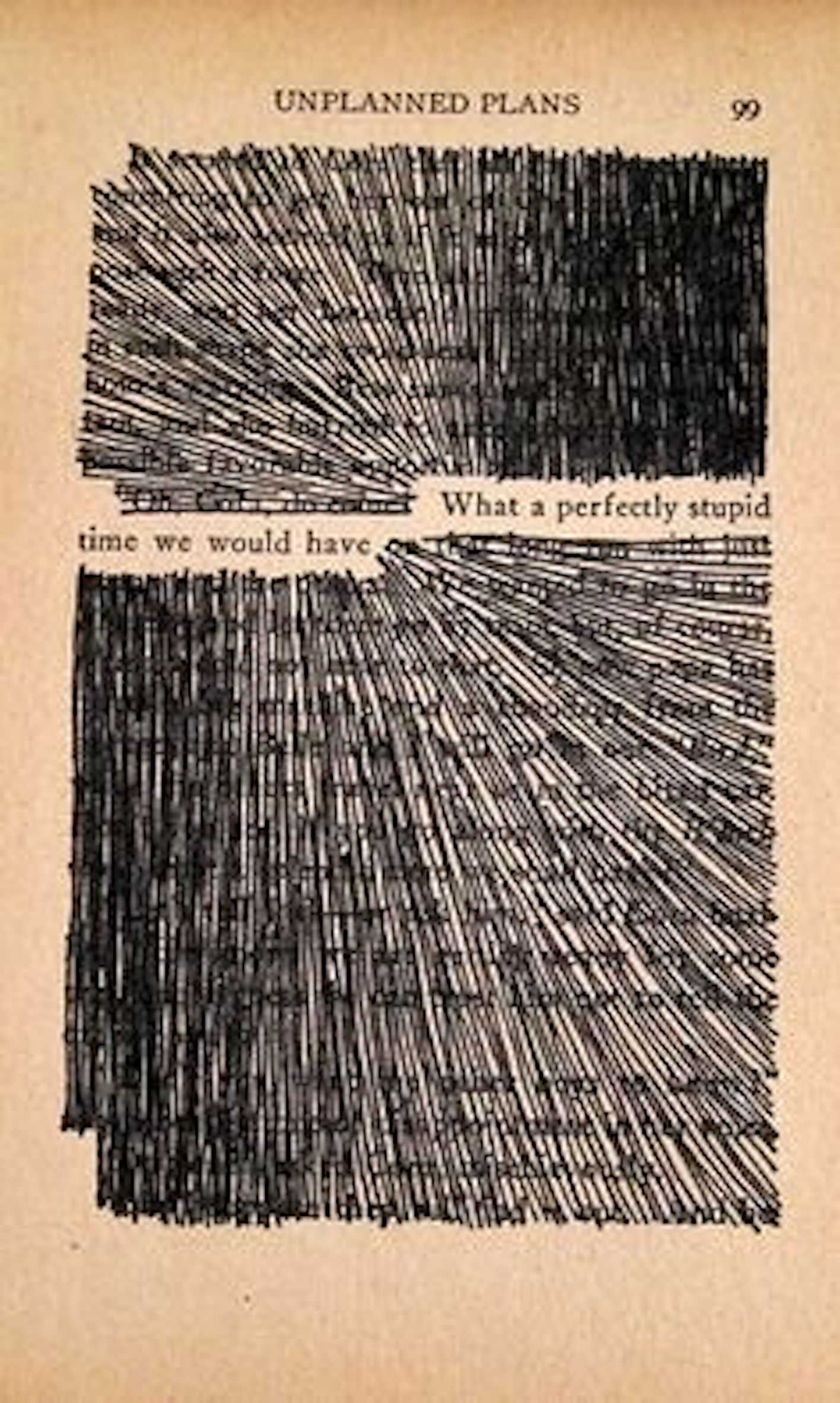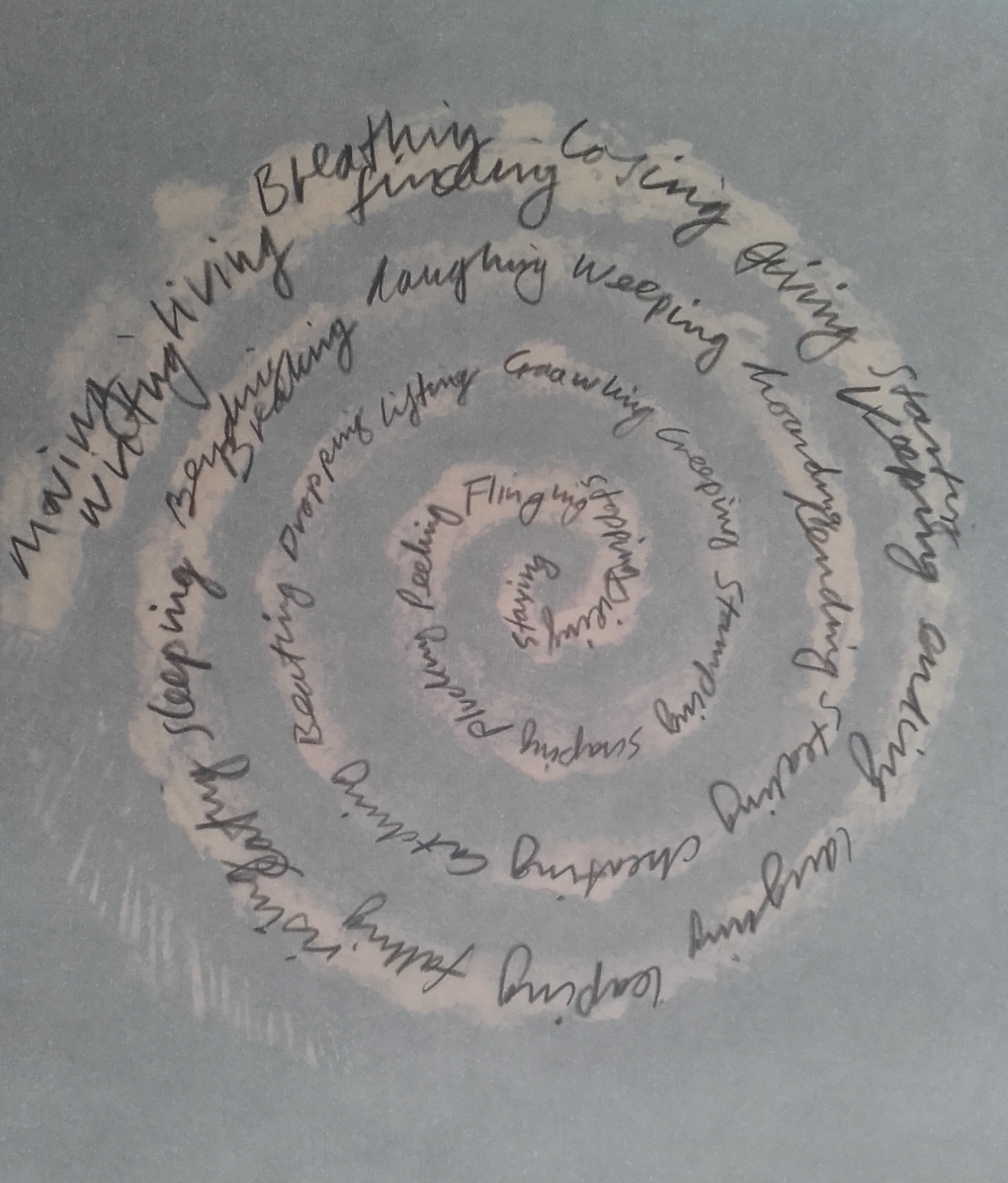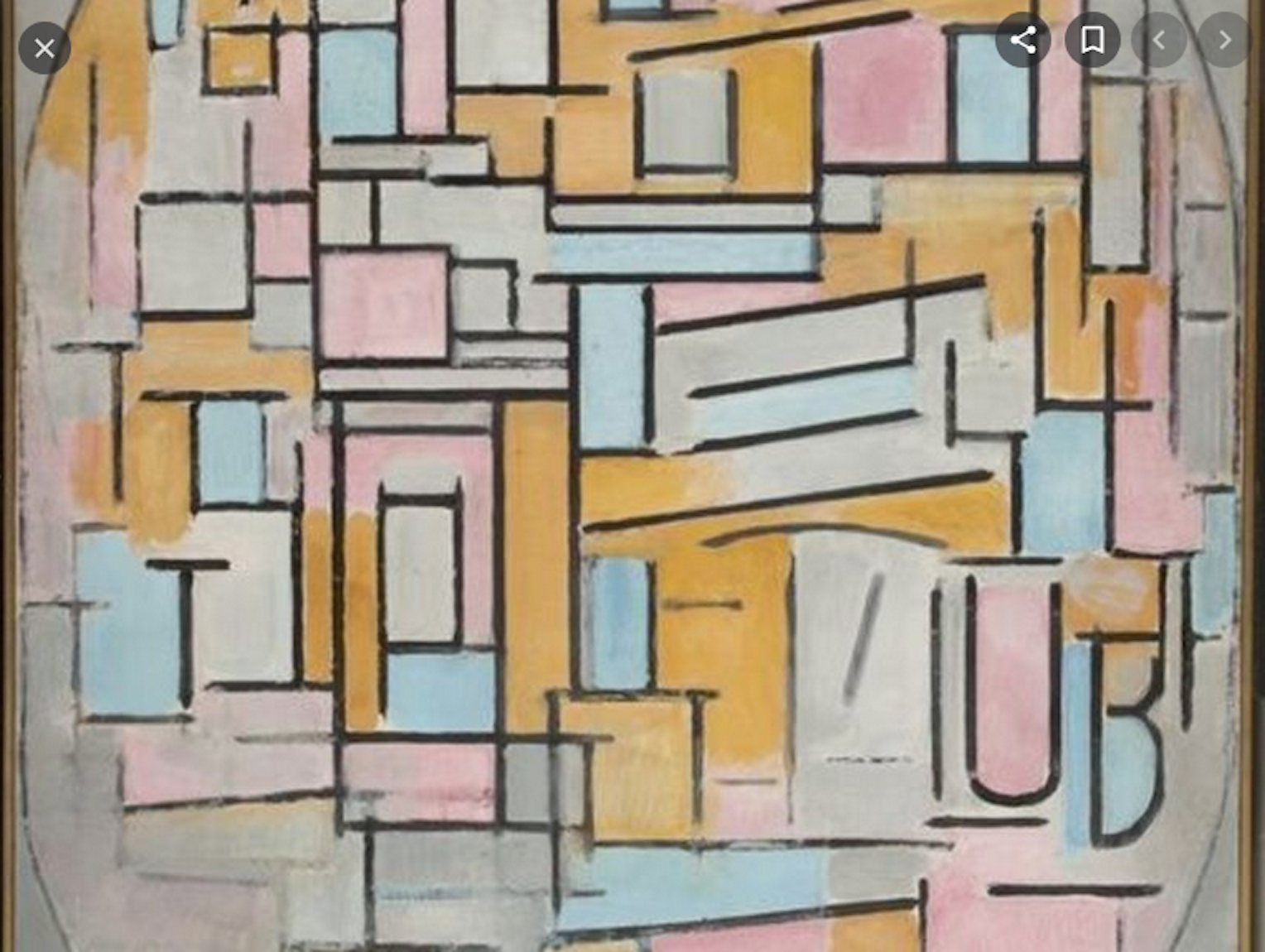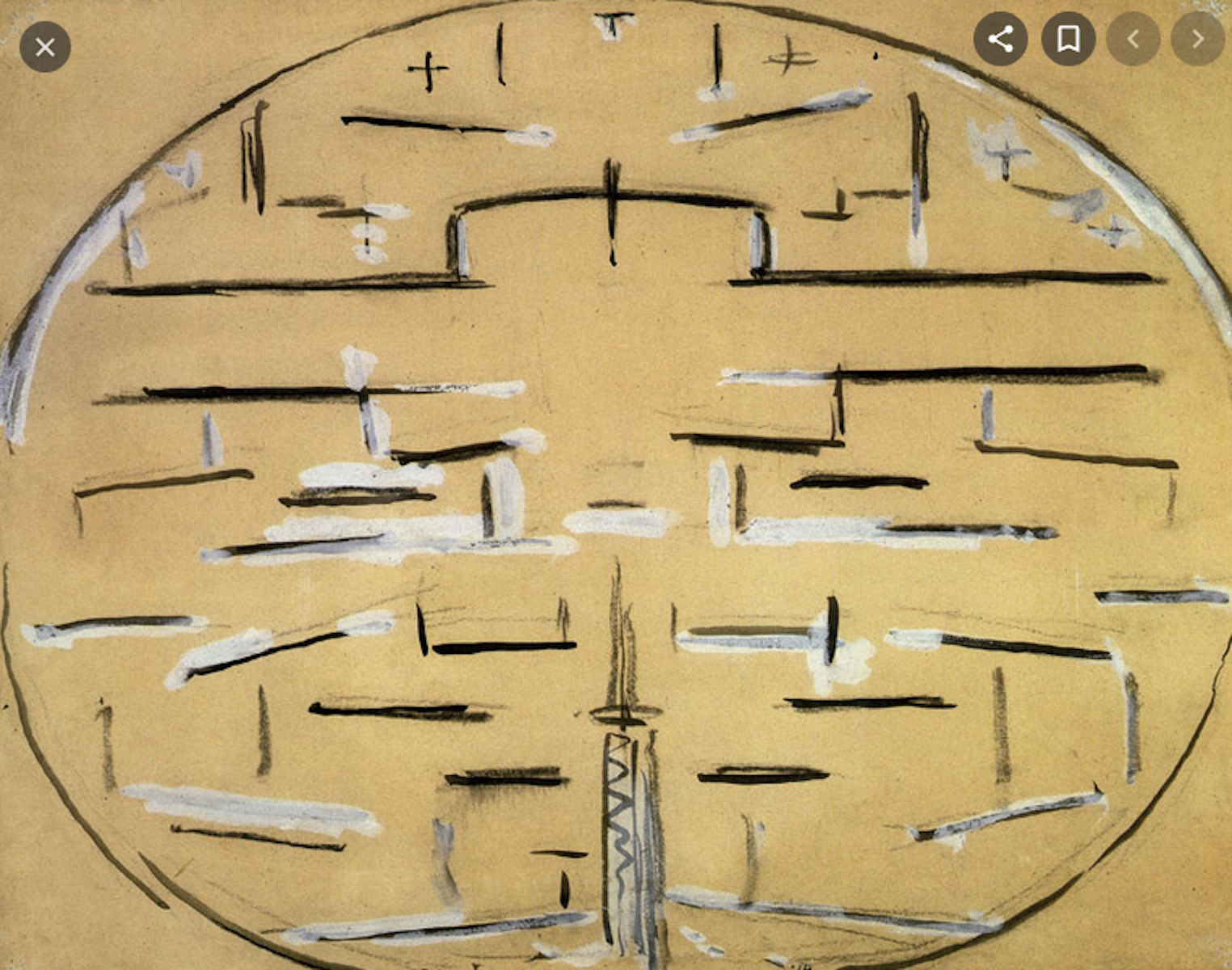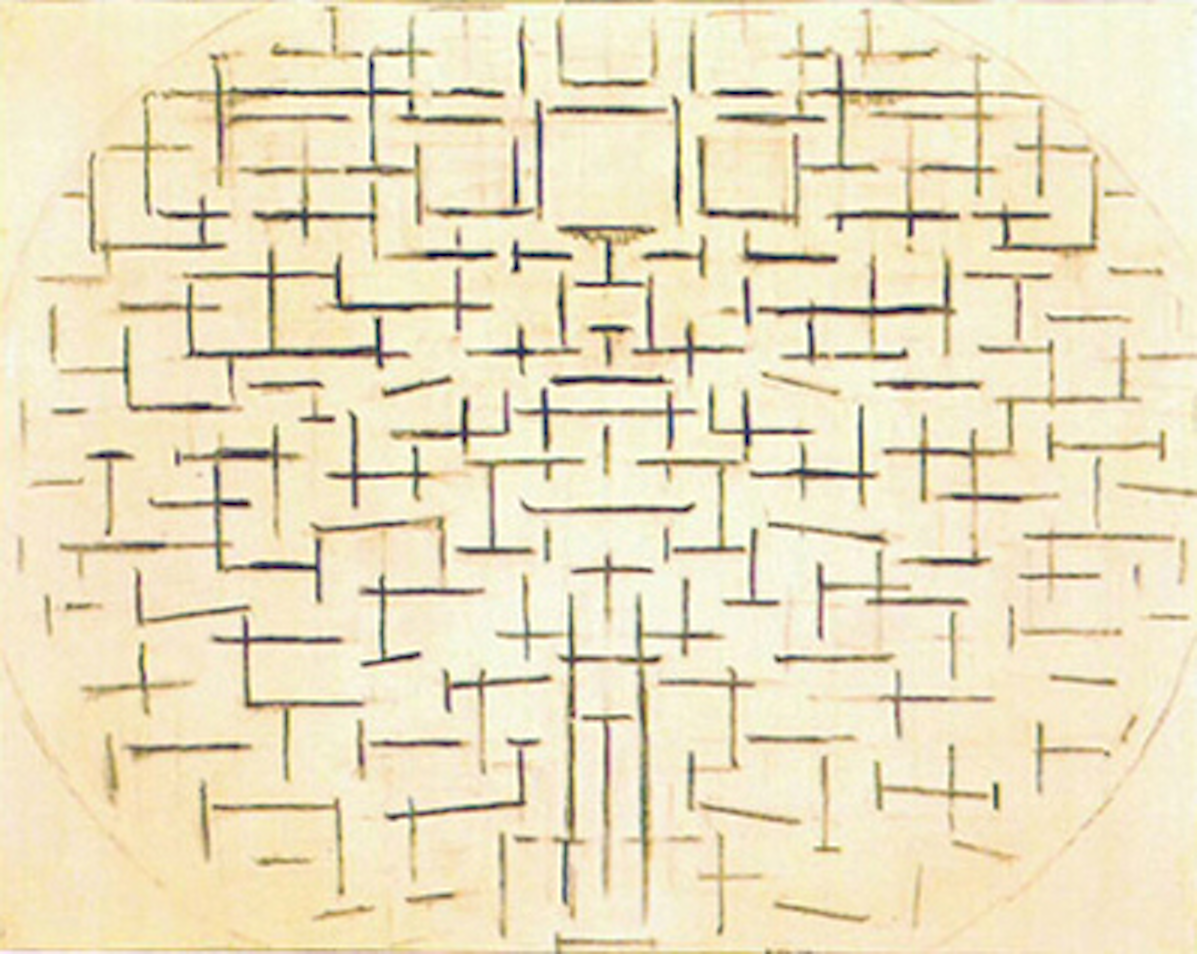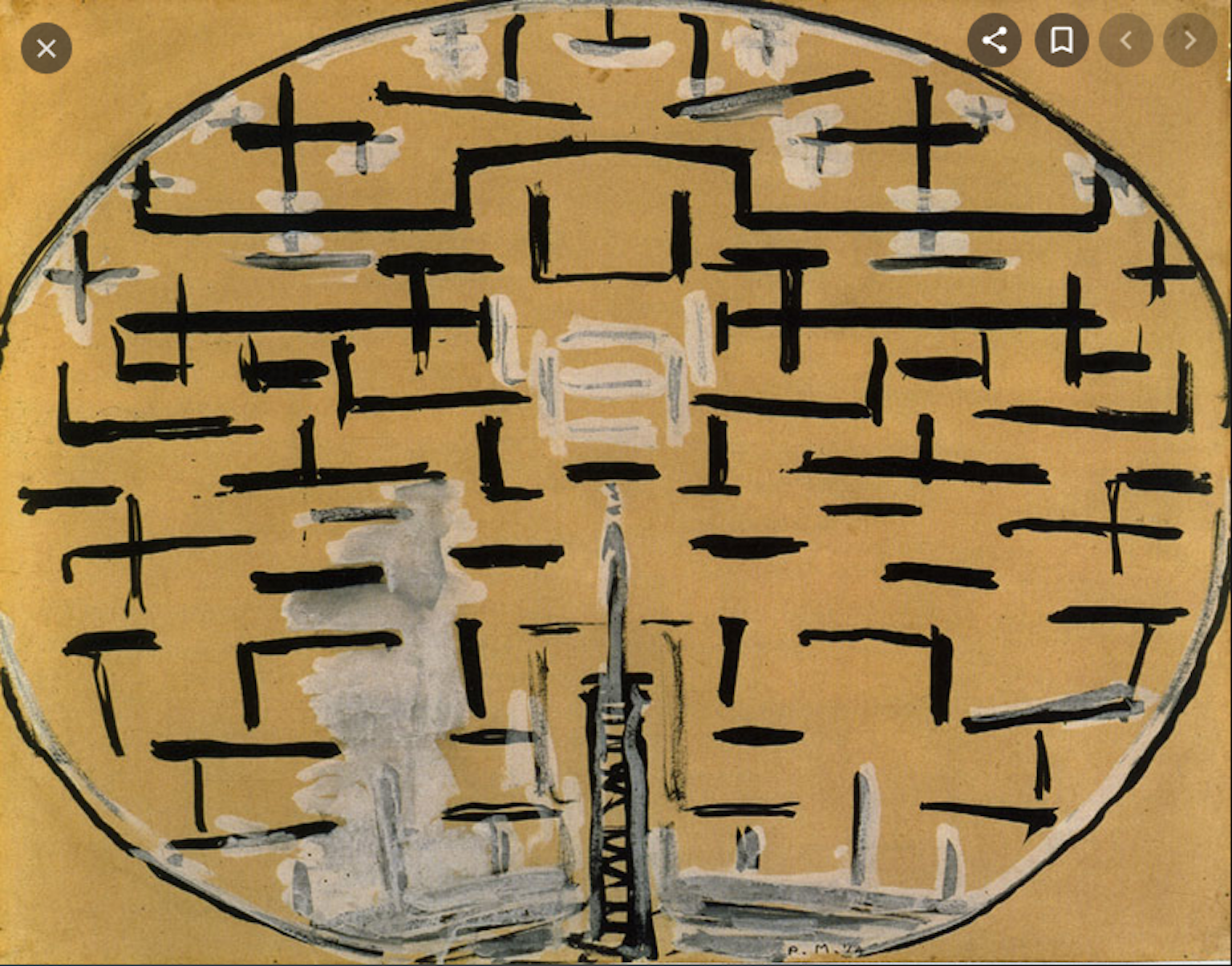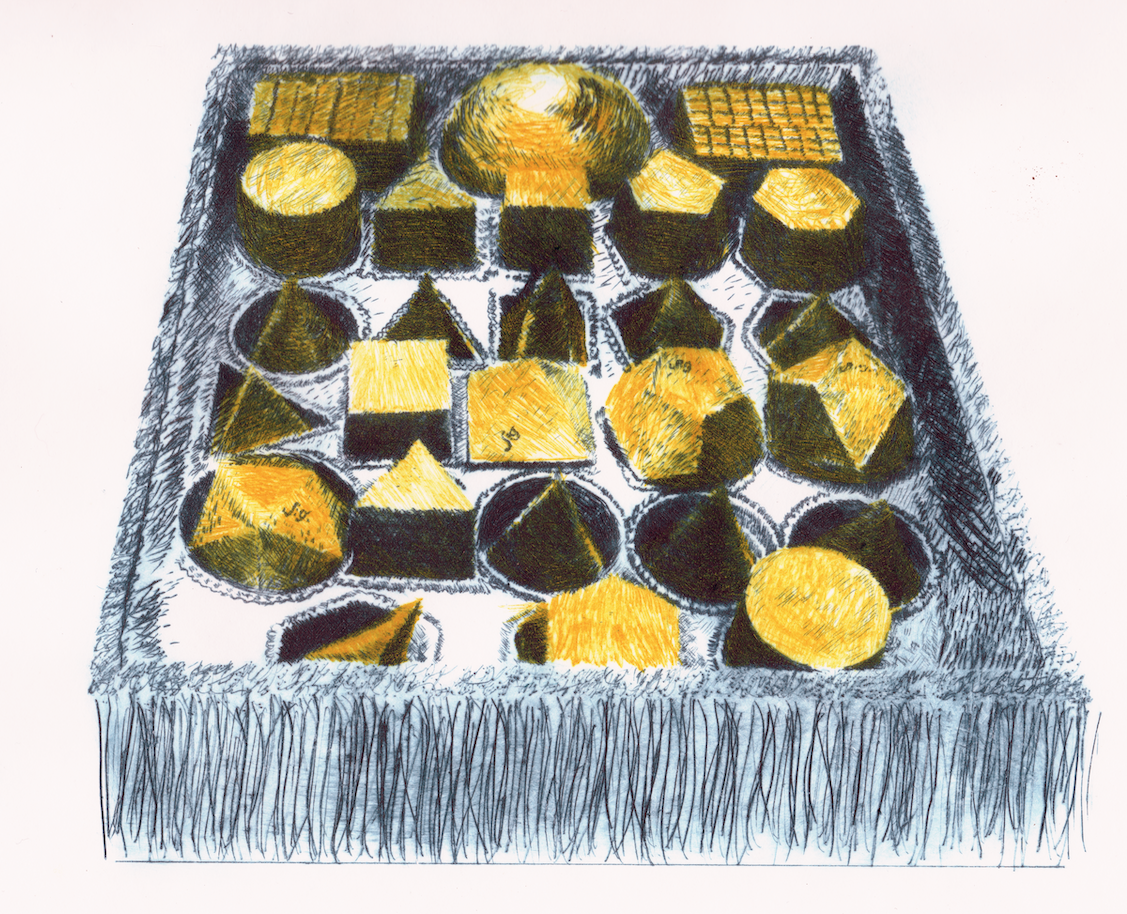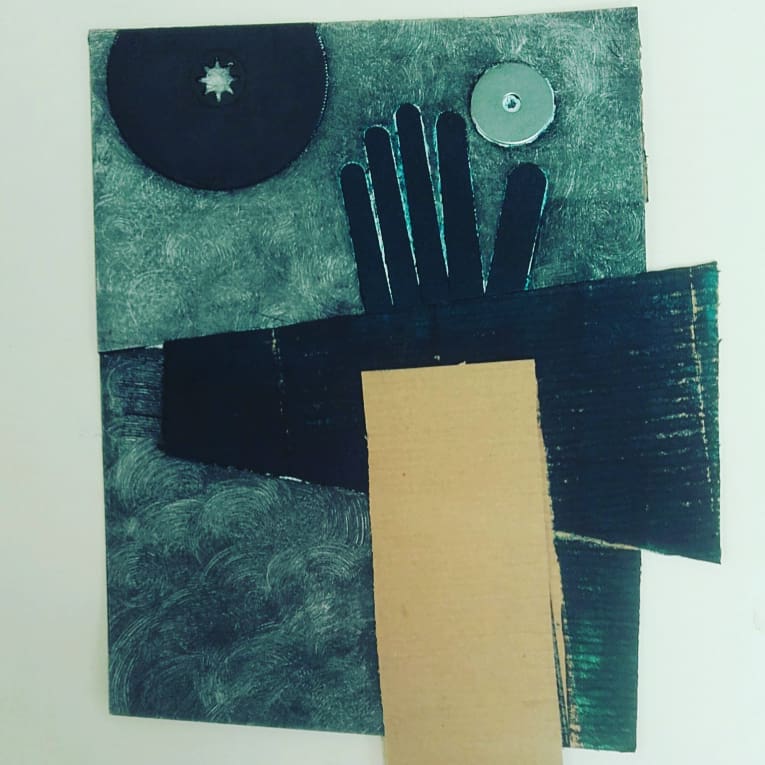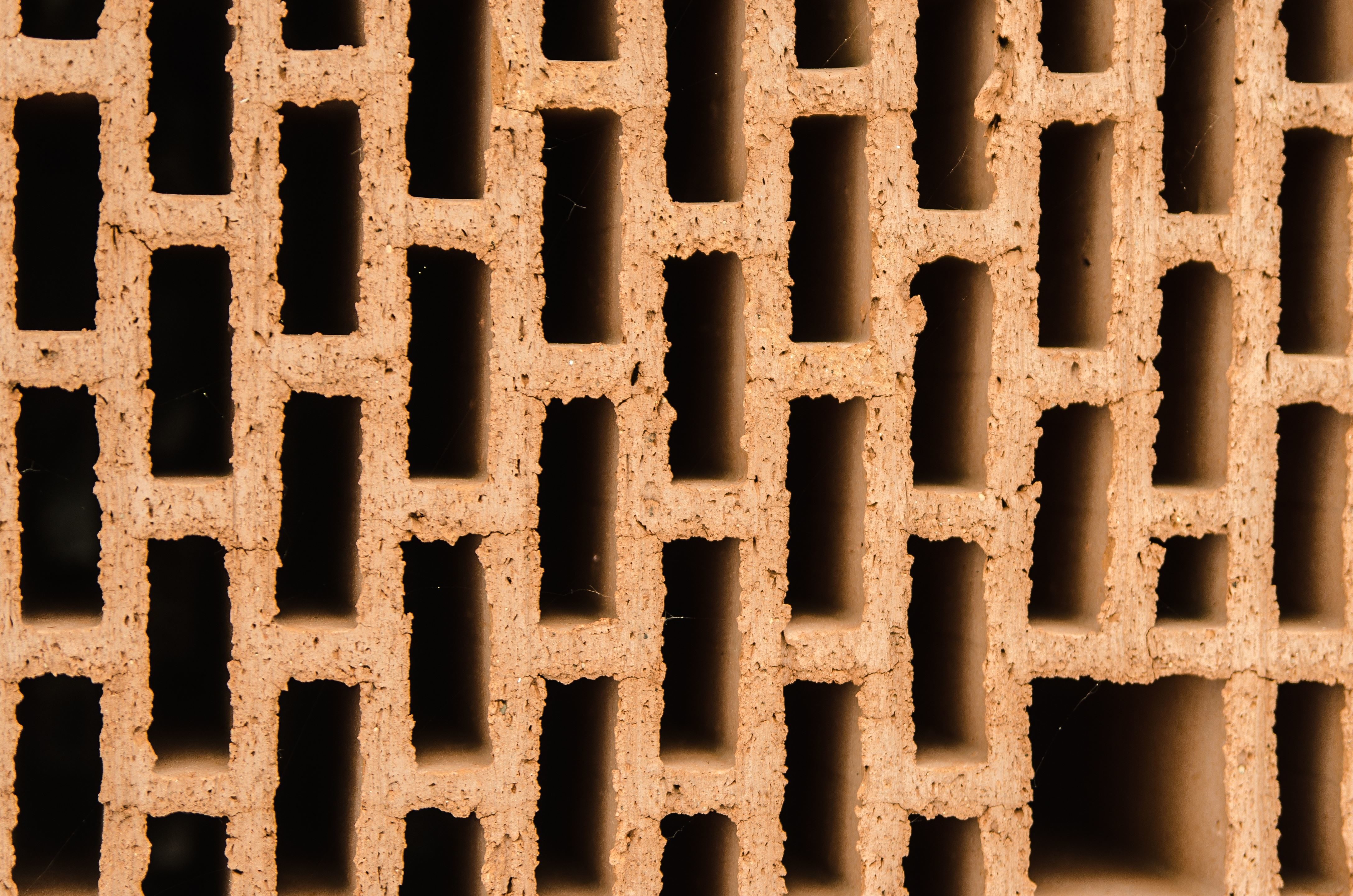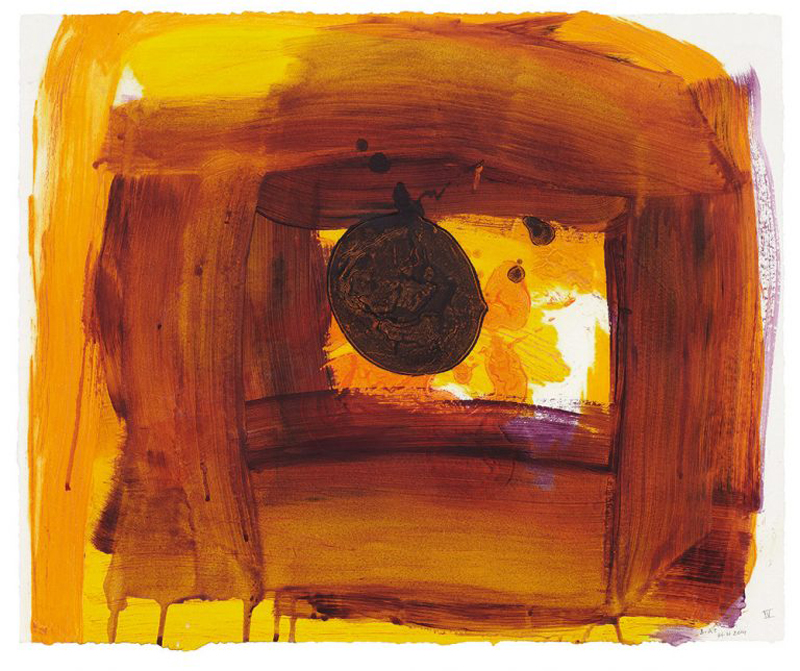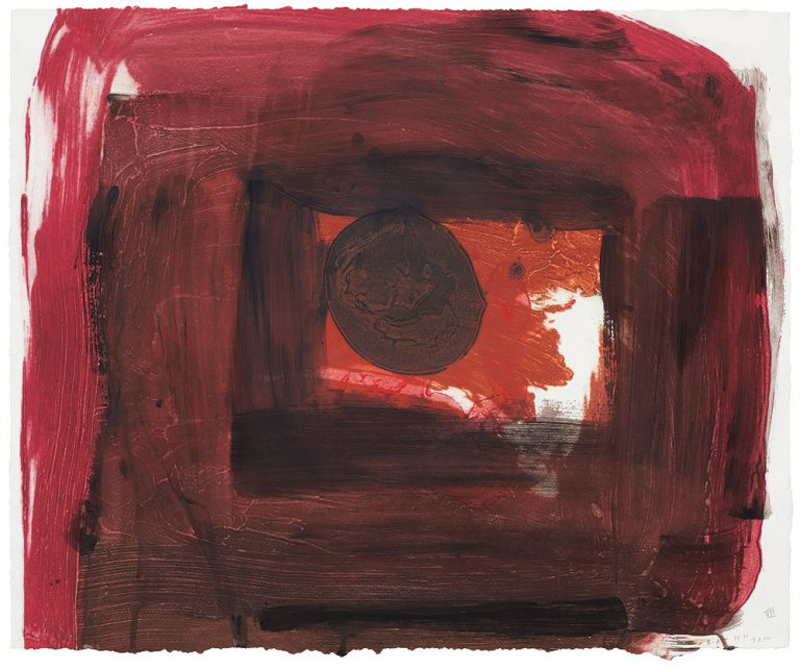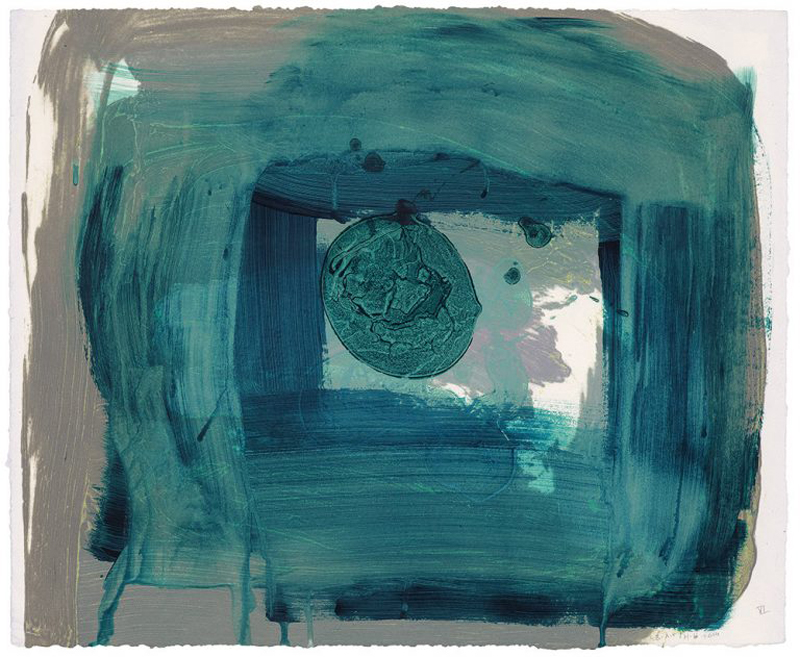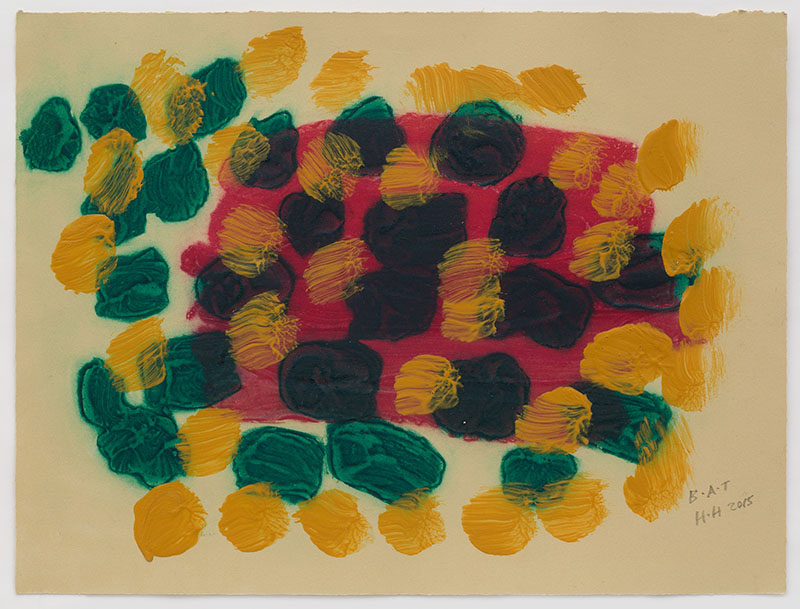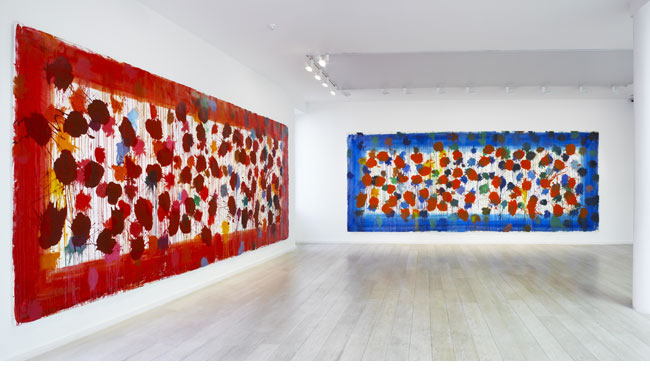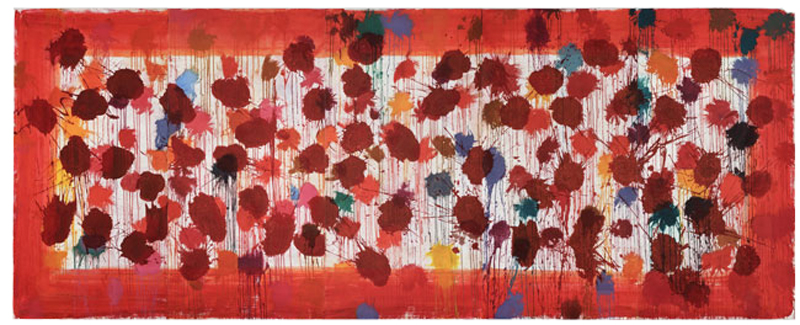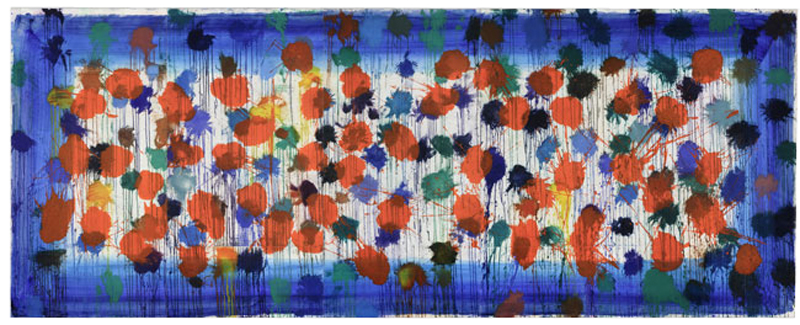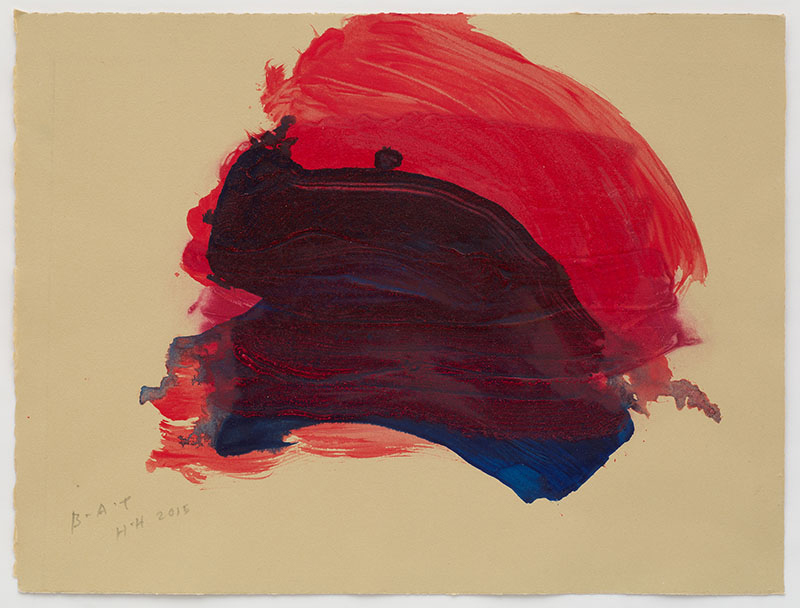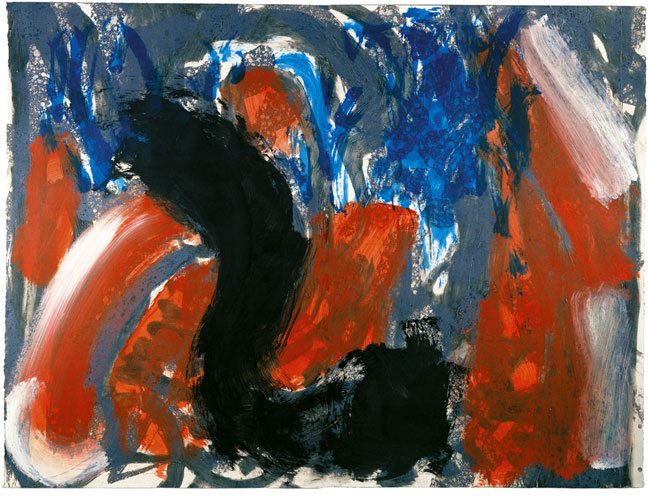These notes and resource links are now online: https://wivenhoeprint.works/electro-etching-introduction/
Printworks is developing electro-etch techniques as an alternative to nitric acid for etching a range of metals (copper, brass, steel, zinc and aluminium). Electro-etching offers printmakers a very wide range of tones, textures and fine line etching using safer and more environmental friendly processes. Explore the application of both traditional and unconventional grounds and resists together with some exciting new hybrid platemaking techniques. Apply freehand line and tone, collagraphic textures and abstract/photo-collage images on a range of metal plates for deep intaglio etching. Understand the basic science, materials and equipment needed to enable successful electro-etching in the workshop or home studio.
This two-day course combines craft and experimental platemaking and printing. Personal experimentation is encouraged in classes and in the optional)workshop sessions. Extensive use of test plates is encouraged.
DAY 1
Part 1 Practical Introduction
By the end of the first day you will take away two or three experimental etched metal plates that demonstrate some of the possibilities the technique offers.
Low-tech electro using salt water and other etching solutions
Use of batteries for small plates
Metals and etching action
Preparation: degreasing, basic resists & varnishes
Etching
Washing & cleaning off
Inking & printing
Plate care after printing
Cleaning up
Part 2: Tanks and Electro-Units
In part 2 we look in more detail at the theory and practical setup of typical electro-etch equipment. We also make some planned test plates to learn more about the way the etch process works with different resists and etch times.
Background: history, science and general guidelines
Electricity and water: basic safety
Tank Shapes: trays, vertical tanks
Electrical connectors, ‘bus-bars’ & insulator
Anodes and cathodes
Cathode: sheet or grille? (the ‘edge effect’)
Etched plate under the microscope
Test plates (resist, time, voltage and current)
Cleaning up
Part 3: Ground and Resists
In the third part we explore the variety of resists and grounds we can use with electro-etches to achieve an extensive range of texture and tone.
Traditional (Bitumen) Grounds
Acrylic Soft and Hard Ground
Acrylic Varnishes and Floor Waxes
Baldwins Ink Ground (BIG)
Stencils and Tapes
Varnishes, Enamels, Sharpies etc.
Other/Hybrid Resists
DAY 2
Part 4: Creative Tone, Stop-out, Multiple and Localised Bites
Traditional etching uses different processes to achieve fine even plate tones (Aquatint, Mezzotint, Spit-bite etc). We start by looking at these and at comparable ways to achieve controlled tone with electro- and other non-toxic etching. We see how to make the etch work more on certain areas of the plate and how to gauge etching time to intensify local tones or added textures.
Part 5: Working larger
In day 2 we will work on one or two plates (A5 size). We will employ some of the techniques and mark-making processes we have been developing on the first day and will learn how to use bigger tanks and a wider range of etching solutions.
By the end of Day 2 we should have prepared, eyched and proofed one or two complete intaglio prints and will see how the final proofs compare with the sorts of marks tones and textures we would normally produce using traditional chemical etching.
Going Further: other experimental electro-etch processes
These are some of the further areas for exploration that you may want to look atafter the two-day course. We will arrange some Open Access sessions where you will have the opportunity to ake these further.
Semi-dry etching
Open bite tone
Photopolymer and photo-emulsion resists
Using screen inks and screen emulsions as etching resists
Hybrid processes: screenprinting halftone resists onto plates
Sacrificial metal plates
Reverse etching (relief electroplating)
Here are a few inspirational images of Electro-Etching work from printmakers, craft makers and jewellers to give you an idea of what’s possible:
Electro-etching is not new! Some of these techniques have been used in mainstream printing since Victorian days. With the increasing interest in alternative and hybrid etch processes and a growing awareness of the health hazards associated with traditional acid etch, electro-etching has over the last ten to fifteen years become extremely popular and has attracted the attention of a new generation of artist-printmakers.
Many of these are not only very inexpensive and very low toxicity (unlike traditional bitumen based etching grounds) but also offer a very wide range of textures and tones. In this second session we see how to do safe and exciting etching both in the studio and at home without the need for dangerous acids or bitumen grounds.
Further Explorations…
If you would like to explore the amazing possibilities of electro-etching further then please get in touch right away. We are keen to go deeper into this very exciting subject by arranging some more advanced custom courses and by setting up a small workshop development group. Get in touch and let’s talk electro! or call/text John Wallett on 07757 305 327
Further Resources
Electro-etching resources
1/ Cedric Green
Veteran electro-etcher with extensive website plus (free) downloadable publication.
Website
https://www.greenart.info/green/
Green Prints pdf
https://www.greenart.info/pdf/Greened18%20A4.pdf
(or Download here)
2/ Alfonso Crujera
Electro-etching Handbook
Alfonso Crujera’s handbook is the best publication we know on the subject.
https://www.en.crujera.com/electro-etching-manual/electro-etching-handbook-2/
Kindle Version
https://www.amazon.co.uk/Electro-etching-handbook-safe-non-toxic-approach-ebook/dp/B07FXK5YZM/
(price £7.61)
Paperback Version
There is a reference copy of this excellent paperback in the workshop. Please do not take it away. We will try to get hold of a PDF version of this book in the near future. JW 2024/06/23
3/ Ben Dory
Very informative notes on using Copper Nitrate for etching Copper, Brass or precious metals. This article includes some more advanced chemistry and is quite critical of the use oof salt solution as an electrolyte.




